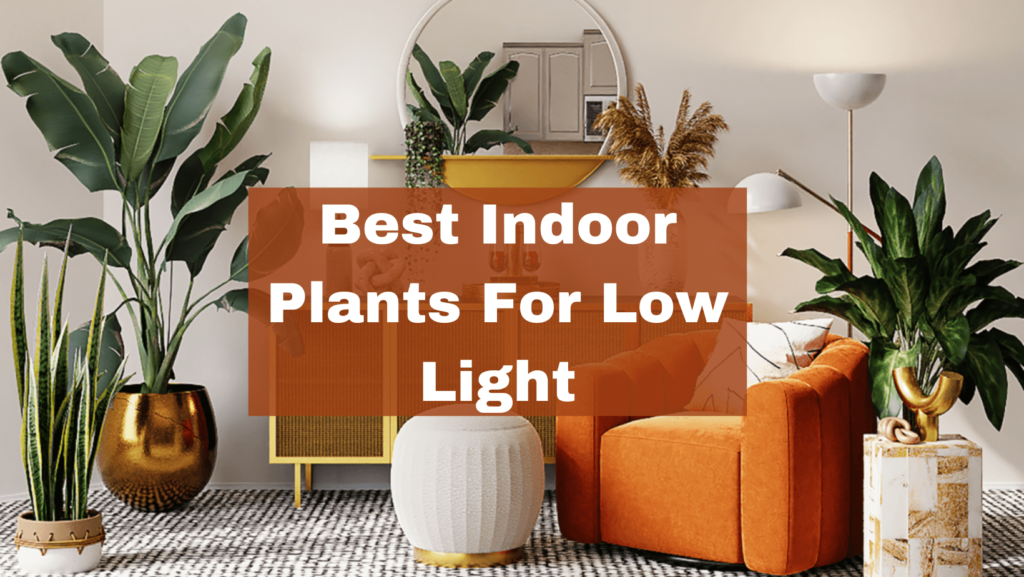Are you a plant lover struggling with limited natural light in your home? Don’t worry, you’re not alone! Many beautiful and resilient indoor plants thrive in low-light conditions. In this article, we’ll explore some of the best options to bring a touch of greenery to your space, no matter how dim it may be. Check out Best Indoor Plants For Low Light.
Why Choose Low Light Indoor Plants?
Low light indoor plants are perfect for areas that receive minimal direct sunlight, such as basements, bathrooms, or rooms with north-facing windows. These plants are not only resilient but also contribute to improving indoor air quality and adding a touch of nature to your interior design.
Top 10 Best Indoor Plants for Low Light
Here are some of the best indoor plants that are well-suited for low light conditions:
1. Snake Plant (Sansevieria trifasciata)
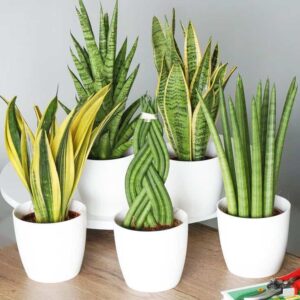
Known for its striking, upright leaves, the Snake Plant is a popular choice for low light areas. It’s incredibly hardy, requiring minimal water and thriving in dim environments. Additionally, it helps filter indoor air, removing toxins like formaldehyde.
2. ZZ Plant (Zamioculcas zamiifolia)
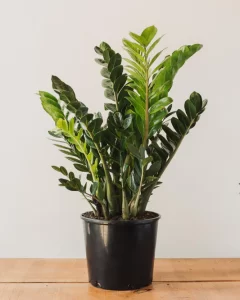
The ZZ Plant is a low-maintenance, drought-tolerant plant with glossy, dark green leaves. It can grow in low light and infrequent watering, making it perfect for busy individuals or low-light rooms. This plant is also known for its ability to improve indoor air quality.
3. Pothos (Epipremnum aureum)
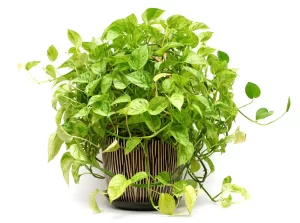
Pothos is one of the easiest plants to care for, flourishing in low light and even with some neglect. Its trailing vines and heart-shaped leaves make it a versatile choice for hanging baskets or shelves. Pothos is also known for its air-purifying properties.
4. Peace Lily (Spathiphyllum)
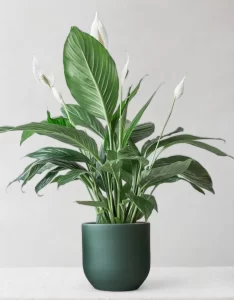
Peace Lilies are elegant plants with dark green leaves and white blooms that can thrive in low light conditions. They do well in shaded areas and are also known for their ability to remove toxins from the air, making them a healthy choice for your home.
5. Cast Iron Plant (Aspidistra elatior)
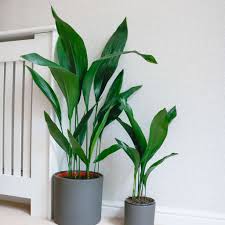
True to its name, the Cast Iron Plant is nearly indestructible. It’s highly tolerant of low light, drought, and varying temperatures. This plant features broad, dark green leaves that add a lush look to any indoor space.
6. Dracaena (Dracaena spp.)
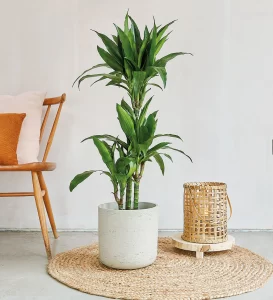
Dracaena plants are a diverse group that can adapt to low light conditions. They have striking foliage that ranges from deep green to variegated colors. These plants are slow-growing and can tolerate low watering schedules, making them ideal for low-maintenance indoor gardening.
7. Philodendron
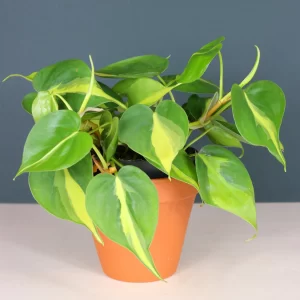
Philodendrons are versatile plants that thrive in low light. They come in various shapes and sizes, from trailing varieties to upright ones. Their ability to adapt to different environments makes them a popular choice for indoor gardening.
8. Chinese Evergreen (Aglaonema)
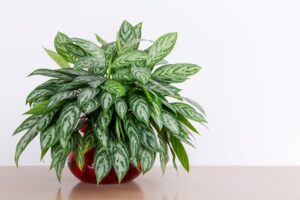
Chinese Evergreens are known for their colorful foliage, which ranges from green to silver and even pink. They are low-light tolerant and can withstand infrequent watering, making them perfect for beginners.
9. Spider Plant (Chlorophytum comosum)
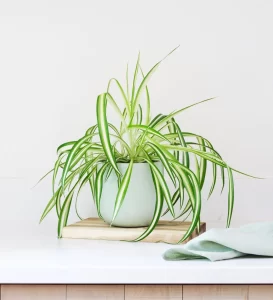
Spider Plants are easy to care for and grow well in low light conditions. They produce arching green and white striped leaves and can develop small, spider-like offshoots that can be propagated into new plants.
10. Heartleaf Philodendron (Philodendron hederaceum)
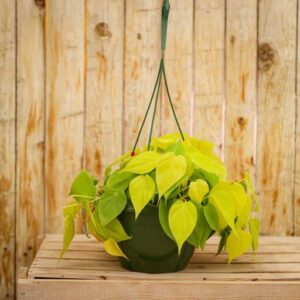
This is a vining plant with heart-shaped leaves that does exceptionally well in low light. It’s a forgiving plant that can thrive even in the most neglected spaces, making it a great option for novice plant owners.
Tips for Caring for Low Light Indoor Plants
Watering: Most low light plants prefer to dry out between waterings. Overwatering can lead to root rot, so it’s essential to let the soil dry before watering again.
Dusting Leaves: Dust can accumulate on the leaves of indoor plants, which can hinder their ability to photosynthesize. Gently wipe the leaves with a damp cloth to keep them clean and healthy.
Fertilizing: Since low light plants grow slower, they don’t require frequent fertilizing. Feeding them once or twice a year with a balanced, water-soluble fertilizer should suffice.
Repotting: These plants generally don’t need to be repotted often, but if you notice roots growing out of the pot’s drainage holes or the plant becoming too large for its container, it may be time to repot.
Healthy Smoothie Recipes For Weight Loss
Best Electric Cars in the UK: Your Ultimate Guide for 2024
Conclusion
Selecting the best indoor plants for low light can bring life to any dimly lit space in your home. From the resilient Snake Plant to the elegant Peace Lily, these plants not only enhance your interior decor but also contribute to a healthier indoor environment. With minimal care requirements, even those new to indoor gardening can enjoy the beauty and benefits of these hardy plants.
Incorporate these low light indoor plants into your space and watch them thrive, even in the shadiest corners of your home.

